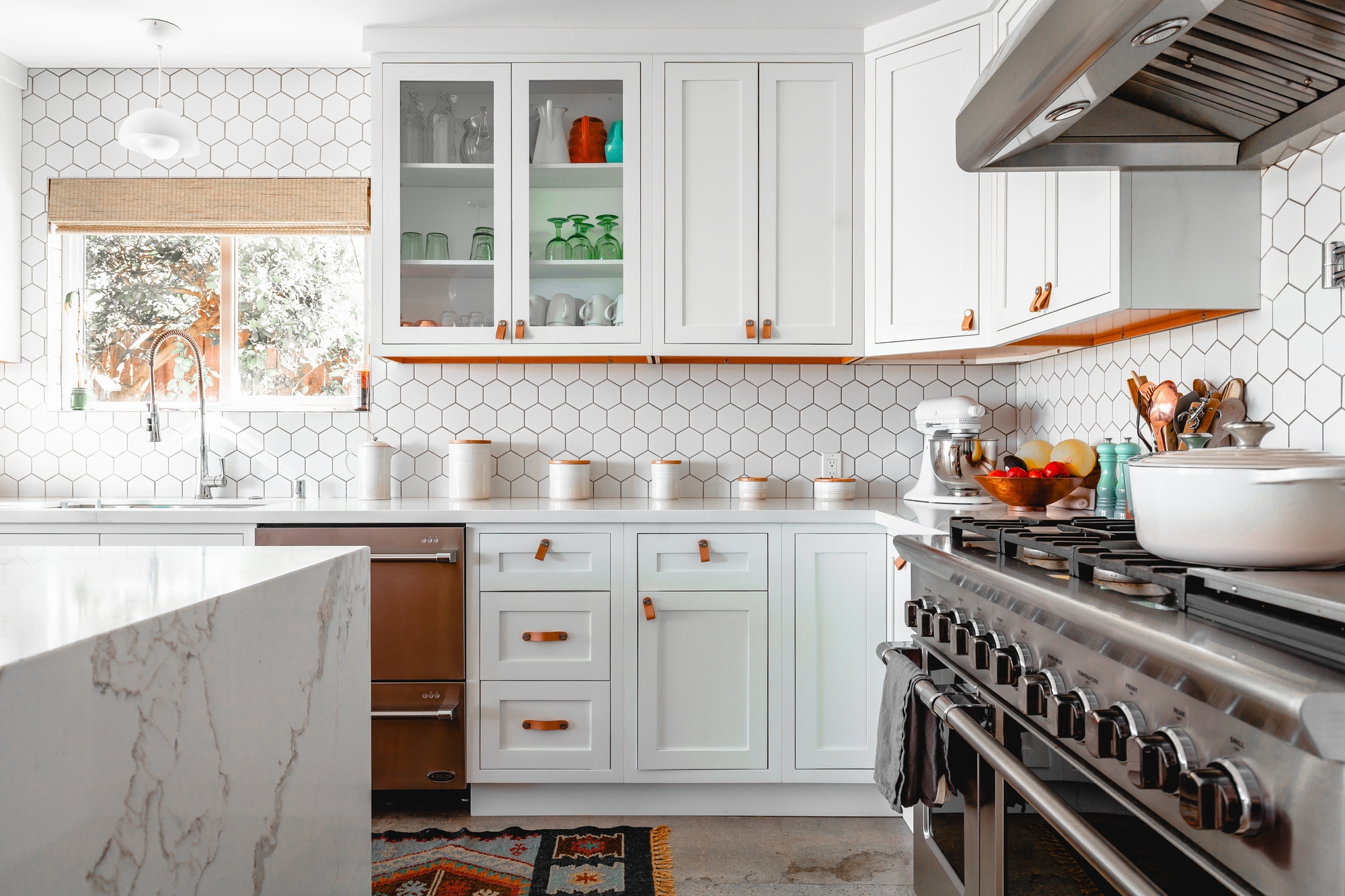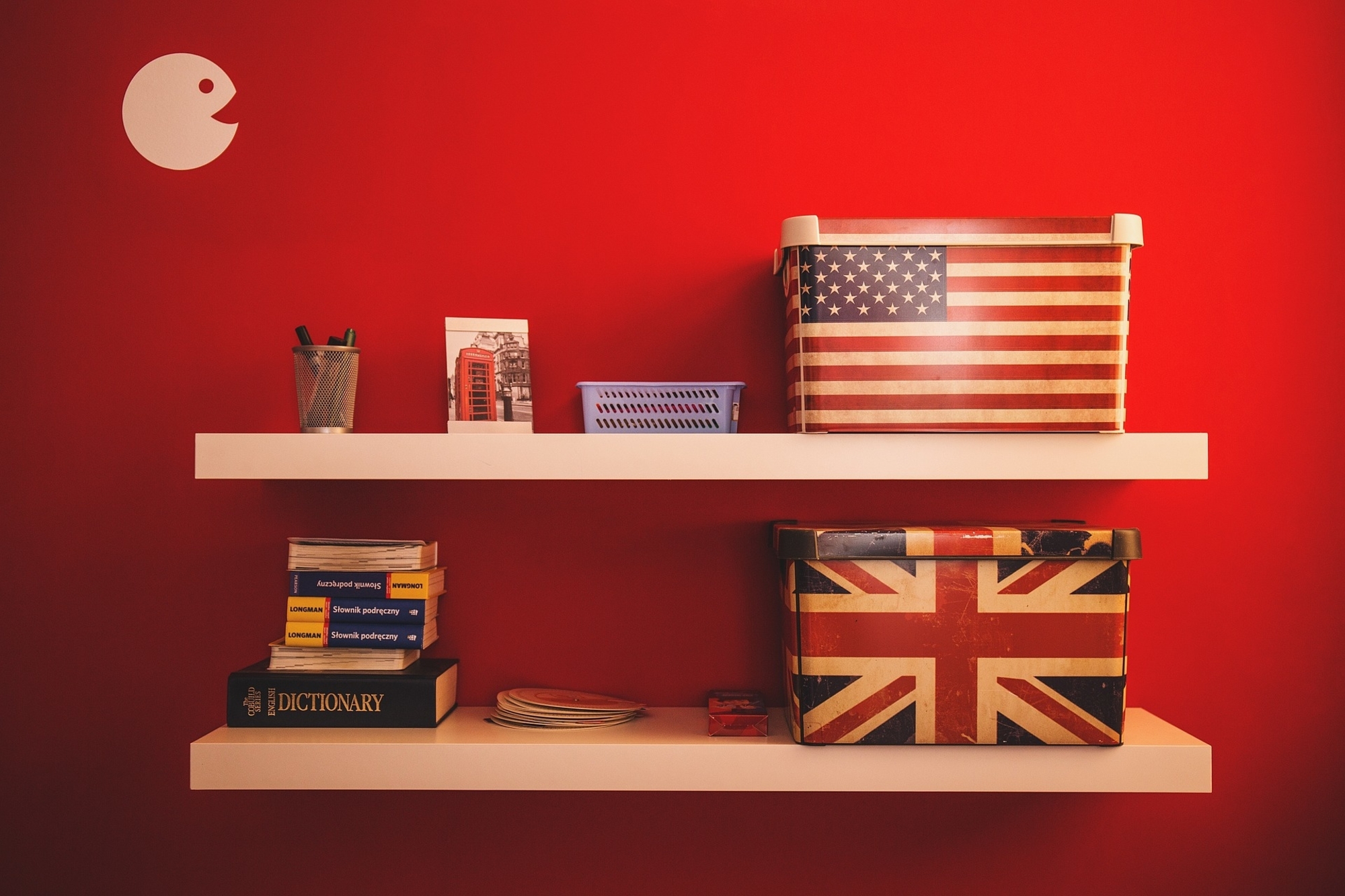When it’s time to make a move to a new home, properly packing everything can seem like a daunting task. You might start out taking your time and packing everything as securely as possible, but when the move day deadline starts approaching, it’s easy to start getting sloppy. Do you want to make sure you packed all […]
Five Ways to Pack and Organize Your Kitchen When Moving
Packing for a move can feel overwhelming. And when it’s time to pack the kitchen, dread might rear its ugly head. The prospect of packing dishes, utensils, and appliances isn’t much fun. But if you make a plan, you can get your kitchen packed and ready to go within one or two days.
Here are five tips from this moving company for packing and organizing kitchen items for your next move. You’ll need boxes, bubble wrap, wrapping paper, grocery bags or tote bags, and packing tape before starting.
1. Unclutter Your Cabinets, Pantry, and Fridge
Why waste time packing things you likely don’t need? Right before a move is the perfect time to declutter your kitchen. Sort food, condiments, and seasonings and toss out anything spoiled or beyond its expiration date. Donate edible but unwanted items to a local food bank or shelter. Pack what you want to keep in tote bags or grocery bags to carry with you.
2. Plates and Glasses
Place two to three layers of bubble wrap on the bottom of a packing box. Wrap each plate in packing paper. Stack the plates one at a time inside the box. Add another layer of bubble wrap between every two or three dishes.
For coffee mugs and glasses, wrap them individually in bubble wrap and pack them in a separate box. Pad spaces with packing paper or bubble wrap to keep items from shifting. Label the box as fragile, and indicate which side is up.
3. Silverware and Cutlery
Loose cutlery and silverware can get damaged or even damage other items when packed in a shared box. To make it easy, sort silverware and cutlery by type and secure with a rubber band. Silverware and cutlery don’t need much space, so pack these items in a shoebox secured with packing tape.
4. Small Appliances
It’s best to pack small appliances in their original boxes. If that’s not possible, then medium-sized packing boxes are best. You may also clean and dry the appliances before you start packing.
Wrap fragile pieces in bubble wrap. Use bubble wrap or packing paper for plastic and metal pieces. Heavier items must go at the bottom of the box while lighter items and small items go on the top. Remember to pack instruction booklets or warranty papers with them.
5. Cookware
Choose a box in which to pack your pots, pans, and skillets. These items are generally heavy, so avoid stuffing everything into one large box. You might need several boxes to pack all of your cookware securely. Whichever size you choose, make sure you can securely tape them closed.
Stack your cookware into the box, minus any glass lids. Wrap glass lids in bubble wrap and place them on top of the heavy cookware. Mark the box as fragile and indicate which side is up.
Packing the Kitchen
The tips mentioned here will give packing and unpacking your kitchen less hassle. Following a plan saves time and your sanity.
7 Things You Need to Do Before Your Movers Arrive
Preparation is the cornerstone of a smooth move. Without adequate planning, your upcoming departure will inevitably give stress, tension, and anxiety. In addition to researching your new neighborhood or hometown (for help with that, check out this guide on moving to Atlanta), you’ll also need to figure out how to move all your stuff.
If you’ve made the prudent decision to hire a moving company, it’s critical to plan for their arrival. While their job is to help you get your belongings from point A to point B, there are some responsibilities you have to assume yourself. In the hopes of keeping chaos at bay, here are seven tasks you should see before the moving process is underway.
1. Create a list.
Any planner worth their salt knows the importance of creating a list. Keeping a detailed catalog of everything you need to do ensures a streamlined experience for all. Unfortunately, many people jump to the erroneous conclusion that the movers are responsible for every phase of the process. This notion is patently false. With guidance from a list, you’ll have everything in order come the day of the move.
2. Organize.
Some moving companies are willing to help organize, but that’s not always the case. Regardless of whether or not they provide this service, you should make attempts to arrange things on your own. Relying on your judgment is the most sensible course of action, and when it’s time to unpack, you’ll have a handle on where things are.
3. Invest in moving insurance.
For added peace of mind, it’s savvy to purchase moving insurance. Though the company you’re working with is no doubt professional, you should always prepare for the worst. Accidents are unpredictable and cause unneeded stress. Taking this extra precaution guarantees optimal protection.
4. Label your things.
When you arrive at your new home, you want to know what goes where. Staring at a mountain of boxes and not knowing where to begin will only prolong the move. One surefire way to avoid this is by labeling your boxes. To avoid confusion, ensure that each room has its box.
5. Move furniture.
Creating a clear path for the movers is thoughtful and bodes well for efficiency. Removing all belongings from high traffic areas ensures that your possessions remain out of harm’s way. While moving boxes and other large objects, there’s no telling what can go awry. Fortunately, you can decrease the chances of an accident occurring by clearing the space.
6. Account for your pets.
If you have furry friends, you don’t want them to get involved in the moving excitement. Consider asking a friend, family member, or friend to watch them while the movers are doing their job. The last thing you want is for your pet to get in the way and create a distraction.
7. Have cash on hand.
If you’re satisfied with your movers, giving them a tip will demonstrate your gratitude. In addition to being customary, this is also an exceedingly kind gesture. Since they only accept cash tips, you’ll want to have some small bills readily available.
7 Ways to Maximize Storage Space When Moving Into an Apartment
Apartment living has several benefits for urban life, but they are often known for having less space than a single-family home or even a townhome. Figuring out how to maximize your storage space when you’re moving into an apartment can be a challenge. If you’re moving to a much smaller area, then you have extra […]





